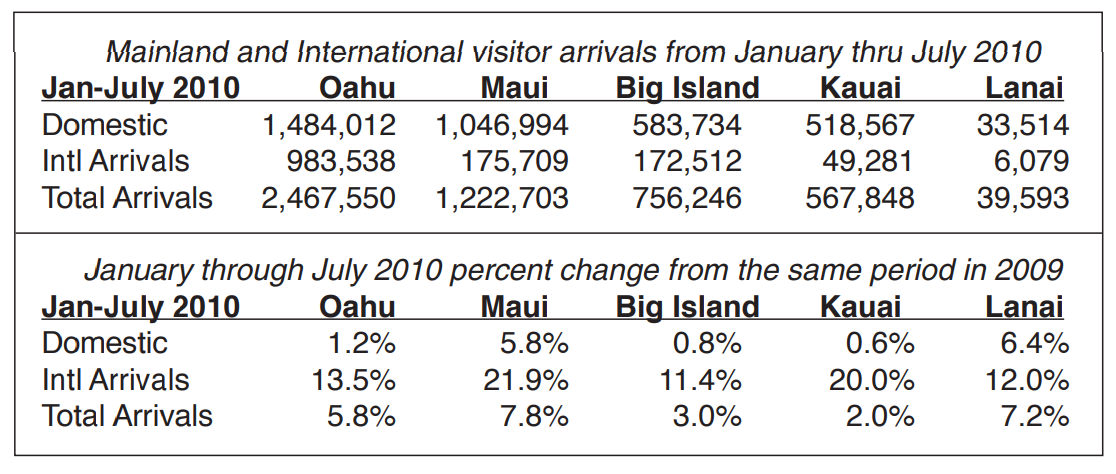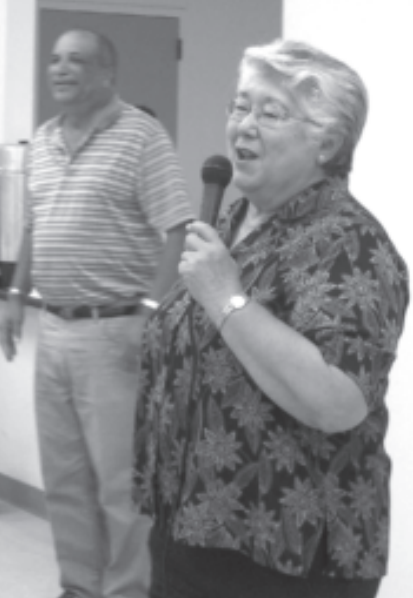WAILUKU—Paul Tom, the ILWU’s consultant on medical plans, told the Tourism Caucus that the medical benefits provided by the ILWU-Hotel Industry Health and Welfare Fund are as good as or better than any other plan in the private market. There were some issues with servicing but those problems are being corrected when they are brought to our attention. Paul urged members to call the plan administrators, HMA, or the union office about any problems.
A member from Lanai complained about not getting reimbursed for off island travel because he had lost the receipts. Members must keep their receipts and get prior authorization before traveling off island for medical care. Paul gave an example of a Big Island member who went to Honolulu to give birth. She had all the proper documentation and authorization. After one week, the member returned home and the reimbursement check was waiting for her.
Paul Tom also reviewed some of the benefits which will come from the Patient Protection and Affordable Care Act. There will no longer be lifetime limits on the dollar amount of medical benefits. Annual limits will increase to $750,000 for a plan year beginning on or after September 23, 2010; to $1.25 million for plans beginning on or after Sept. 23, 2011; and to $2 million for plans beginning on or after Sept. 23, 2012.
Other changes include extending coverage of dependents to age 26 and prohibiting health plans from excluding people because of pre-existing conditions.
Hawaii visitor arrivals up on all Islands
Maui and Lanai had the highest increase in visitor arrivals for January to July this year, compared with the same period for last year. Maui and Kauai led the stateforthehighestincreaseininternationalvisitors.Visitorsarealsospending 10 percent more this year. The numbers are up in all categories, including visitors who came to Hawaii for meetings, conventions and incentives from both the U.S. and Japan.

Airlines increase flights to Hawaii
Hawaii lost nearly a million seats in 2008 and 2009 when Aloha and ATA went bankrupt and the financial crisis cut business and leisure travel. ATA carried 770,000 passengers from various Mainland cities to Hawaii. Aloha’s fleet of 26 aircraft served six Mainland destinations and five Hawaii airports.
Aloha blamed the shutdown on the airfare war with Mesa Go! and Hawaiian Air, the high price of oil, and increases in airport fees charged by the state.
The State of Hawaii also lost $15 million in airport fees paid by ATA and Aloha Airlines. In addition, 1,900 Aloha Airline workers lost their jobs, leading to a loss of as much as $100 million in wages and other economic activity for the state.
New air carriers entered the Hawaii market and made up for some of the loss of passenger carrying capacity and airport fees paid to the state.
Alaska Airlines entered the Hawaii market in late 2007 and will fly over 613,000 to Hawaii in 2010. The air carrier expects to be flying 800,000 seats to Hawaii.
Existing carriers are adding flights as demand increases.
Oahu and Maui suffered the greatest loss of seats between 2007 and 2010. Oahu is down by 593,000 seats from the Mainland and 300,000 international seats. Maui is down by 245,000 Mainland seats but international seats increased by 22,000.
The Big Island is up by 103,000 Mainland seats and down by 10,300 international seats. Kauai is up by over 18 percent in both Mainland and international seats.


Paul Tom, the ILWU’s expert consultant on medical plans, explains how the newly enacted Patient Protection and Affordable Care Act will provide added benefits and protection to ILWU members covered by the Health and Welfare Trust Fund and other collectively bargained medical plans.
Tourism caucus political action!


Maui Mayor Charmaine Tavares thanked the ILWU for supporting her and explained that Maui has a lot of potential to create its own energy from biofuels, wind and solar power.
